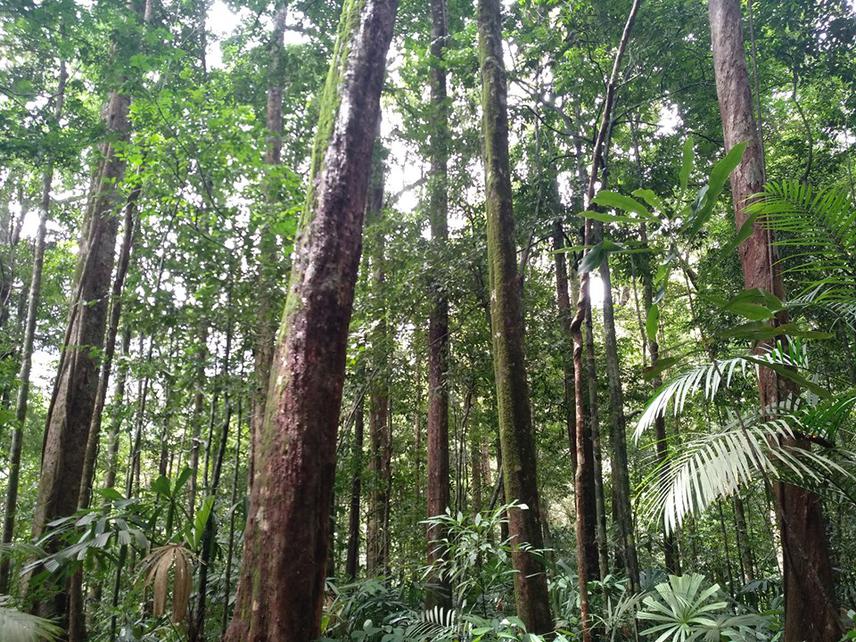Idd Idd Shwe Zin
The natural forests in Tanintharyi Nature Reserve (TNR) are being placed under increasing pressures such as illegal loggings, high demand from surrounding communities, shifting cultivation and expansion of seed orchards. Therefore, long term sustainable management of natural forests and restoration of degraded forests within and around this reserve are urgently needed for the conservation of flora and their habitats. But the scientific information about red list tree species is necessary to provide better strategies for reforestation of degraded land areas and sustainable management of moist evergreen forests. The aims of this project is to examine the status of red list tree species and their distribution patterns. The results will provide a scientific baseline of information for developing a biodiversity database, including red list tree species from district level to national level.

In Myanmar, the forest areas are changed to other land uses and also forest ecosystems are devastating across the country and consequently threaten the conservation of biodiversity. As a result, there was loss of natural habitats and declination of forest biodiversity in Myanmar. Traditionally, protected areas are in the form of national parks, which involved drawing a fixed boundary around an area and focusing management efforts within the designated area. In current situation of Myanmar, the critically nature conserved areas are trying to change into protected areas for conservation of biodiversity. In Myanmar, there is needed for red list species management concept with the aim of assisting National Parks and Reserves in order to support the sustainable protection and conservation of natural resources.
TNR is one of the largest protected areas in Myanmar. As this area is connected to the Western Forest Complex of Thailand, it is of great significance as one of the most important transborder protected areas in Asia. Underlying factors for variety of the pressures on the TNR are high population growth, limited alternative livelihood options, low community participation in reserve management, clear cutting of natural forests and expansion of estate-crop plantations (rubber, traditional orchards, oil palm, etc.) within and around the reserve. Consequently, there were reportedly illegal cutting of high-value timber, extraction of poles, posts and fuel wood for household use, illegal hunting, and encroachment for farming. Moreover, the various consequences are formed due to over-dependency on the forest resources, resulting in the extinction of rare tree species. Therefore, long term sustainable management of natural forests and restoration of degraded forests within and around the reserve are urgently needed for the conservation of flora and their habitats, including the red list tree species. But the study will exhibit the floristic composition including rare tree species of moist evergreen forests in TNR. Furthermore, the project would be advantage to be aware of their impact of households’ dependency on red-listed species and conservation importance of their species status through enhancing their understanding primary uses and secondary uses and then, active participation in nursery and reforestation program in order to cover my reforestation objectives.